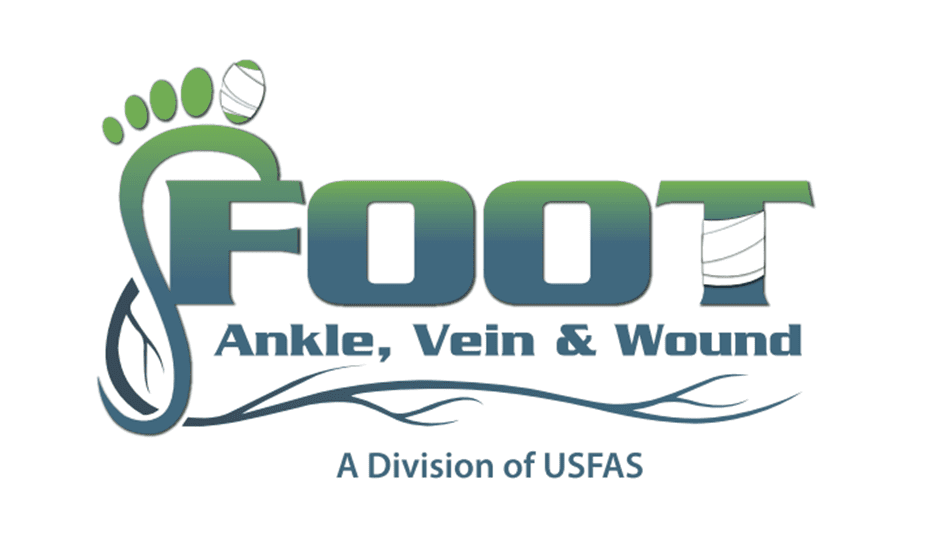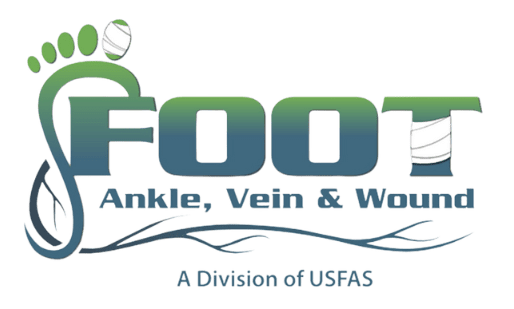
Ankle sprains are by far the most common lower body injury, and that fact can sometimes lead people to regard this injury with less seriousness than they should. However, in addition to significant pain, an ankle sprain can also lead to long-term risks and complications. Sprains that don’t heal correctly can result in chronic pain, frequent re-spraining of the ankle, and development of long-term ankle instability or post-traumatic arthritis. They could even be hiding a more serious broken bone underneath! In short, if you don’t take your sprain seriously, you could be hobbling or wobbling for a long time to come.
Fixing an Ankle Sprain
Fortunately, Foot & Ankle Clinic of the Virginias is here to help you recover quickly from a sprain. Experienced podiatrists and advanced treatment options provide effective solutions that minimize your risk of complications.
It is very important to keep your weight off the affected ankle until we have an opportunity to examine it. You don’t want to tear or damage the affected ligaments any more than they already are. We also recommend that you keep your leg propped up as much as possible, ideally above the level of your nose, or at least your heart. Use an ice pack periodically to control pain and swelling.
Depending on the severity of the sprain, additional tools and treatments may be used. Compression bandages or braces are common. Sometimes immobilization with a walking boot is necessary, especially if the damage is great enough that you can’t bear weight for a while. In the most extreme cases, surgery might be required to repair a significantly damaged ligament.
Advanced Options
For those who need to rebound a little more quickly, we also offer advanced technologies such as MLS laser therapy and shockwave treatment. These regenerative modalities are non-invasive, safe, and work by stimulating healing and anti-inflammatory responses within the injured tissues themselves. The former achieves this using focused beams of light, while the latter uses acoustic pressure waves to produce a similar effect. Both these treatments can be used as a means to avoid surgery, or to help you recover faster after one.
Recovery
After your injury heals, physical therapy is a must to restore former levels of function. Our team will help you develop a good exercise plan to work on strength, range of motion, and endurance. We’ll also make sure you don’t do too much too soon, which increases the risk of re-injury.
If your sprain is mild, you may be able to return to your activities, including athletic pursuits, within a week. More severe sprains may require several weeks to fully heal. However, if you follow the treatment and rehab plan carefully, the odds are good that you will make a full recovery and minimize your risk for long-term pain or instability.
Background Info
Description and Symptoms
sprains occur when your joint gets turned or twisted unnaturally due to a sudden force, such as accidental falls or athletic competition. This stretches or even tears one or more ligaments surrounding the ankle. Ligaments are soft tissues that connect two more or more bones together, so sprains can not only cause a great deal of pain, but destabilize the joint itself.
Common symptoms of a sprained ankle include pain, swelling, bruising, and often a reduction in range of motion. Since these symptoms can often overlap with broken ankles, it’s important to get a quick diagnosis. You want to make sure you are getting the right treatment for your injury, and that begins with making sure you understand the full extent of the injury.
Prevention
To reduce your risk of spraining your ankle:
- Perform strengthening and range-of-motion exercises in your ankles and legs regularly.
- Perform balance exercises regularly.
- Always warm up before exercise.
- Avoid launching into new sports or vigorous athletic activities before properly conditioning your body for them.
- Make sure you always wear proper shoes that provide the support and stability your feet and ankles require.
To schedule an appointment with the Foot & Ankle Clinic of the Virginias, please give us a call at (800) 456-8637. We have several convenient locations to serve you. You can also use our online contact form to request a consultation.

